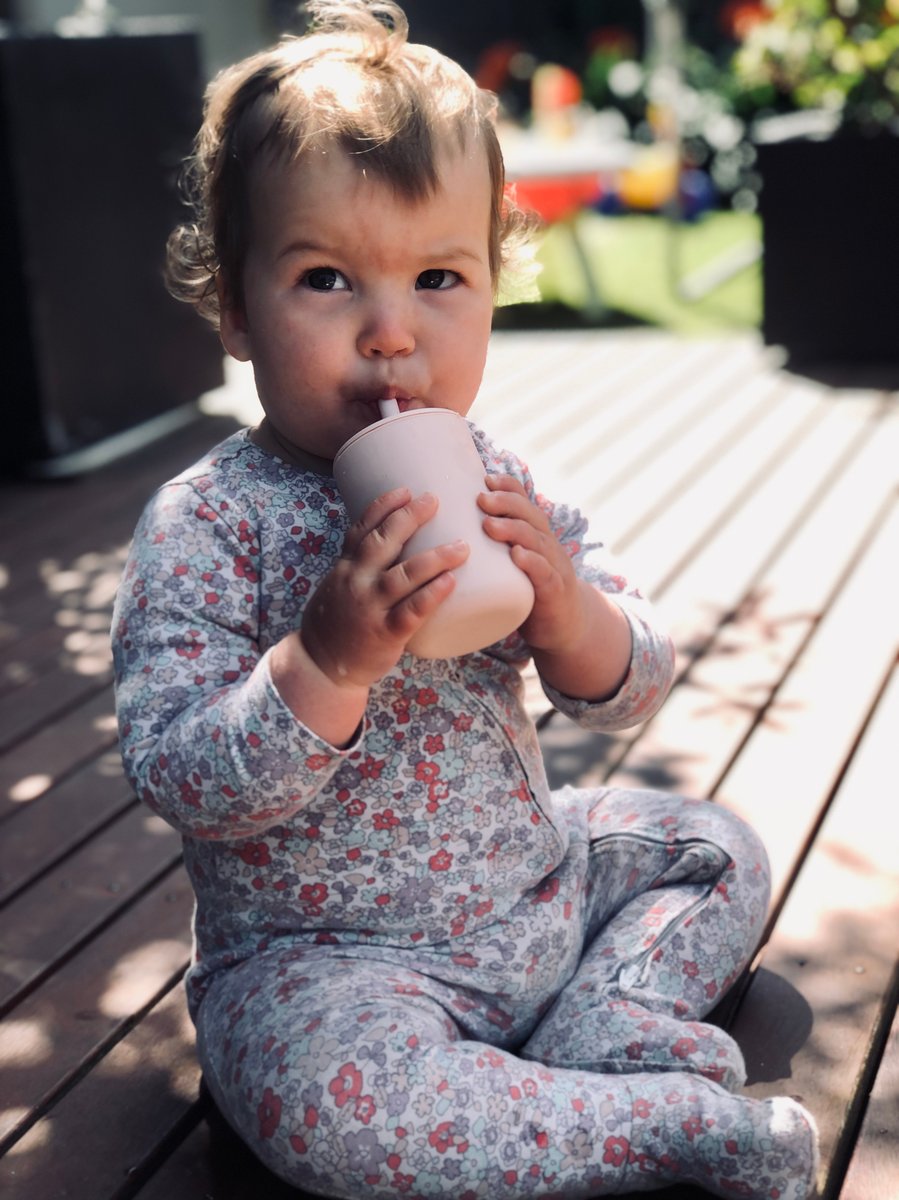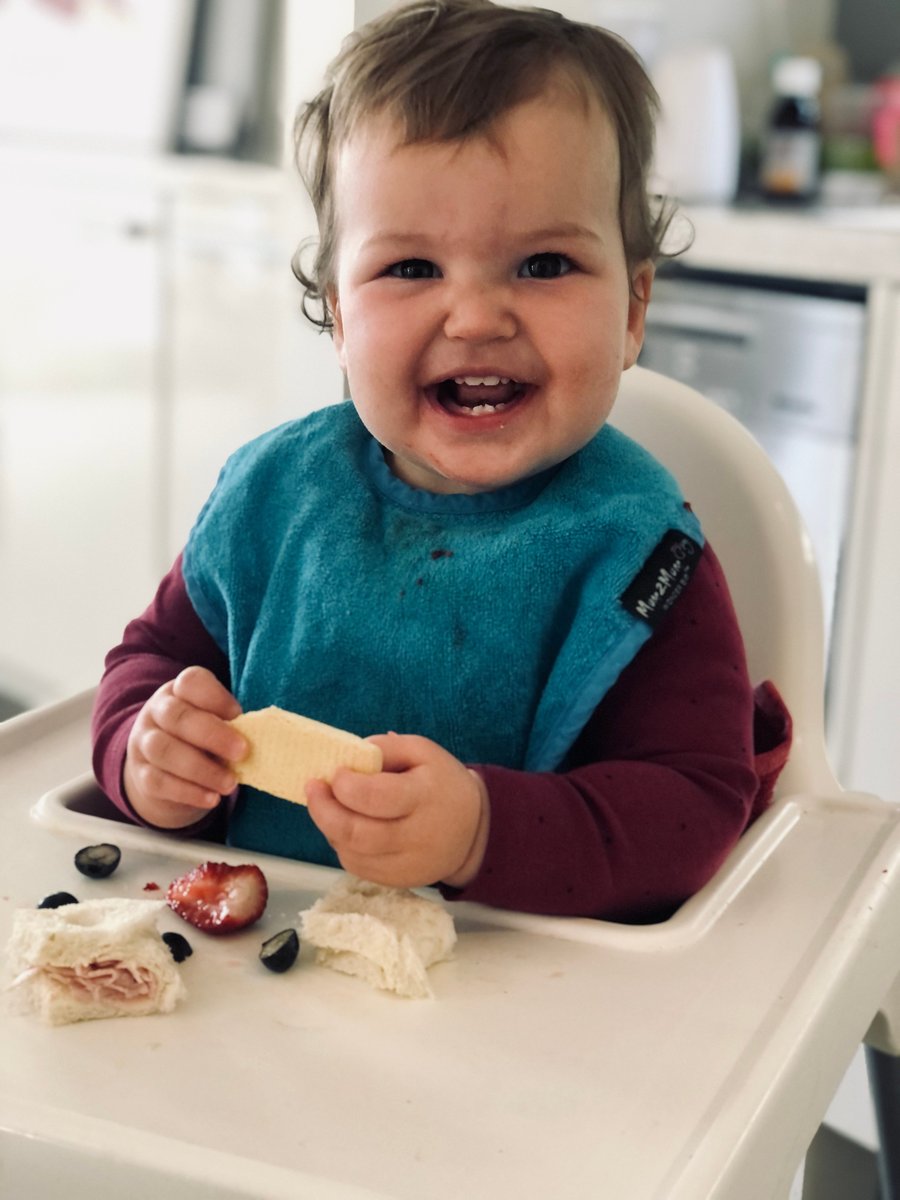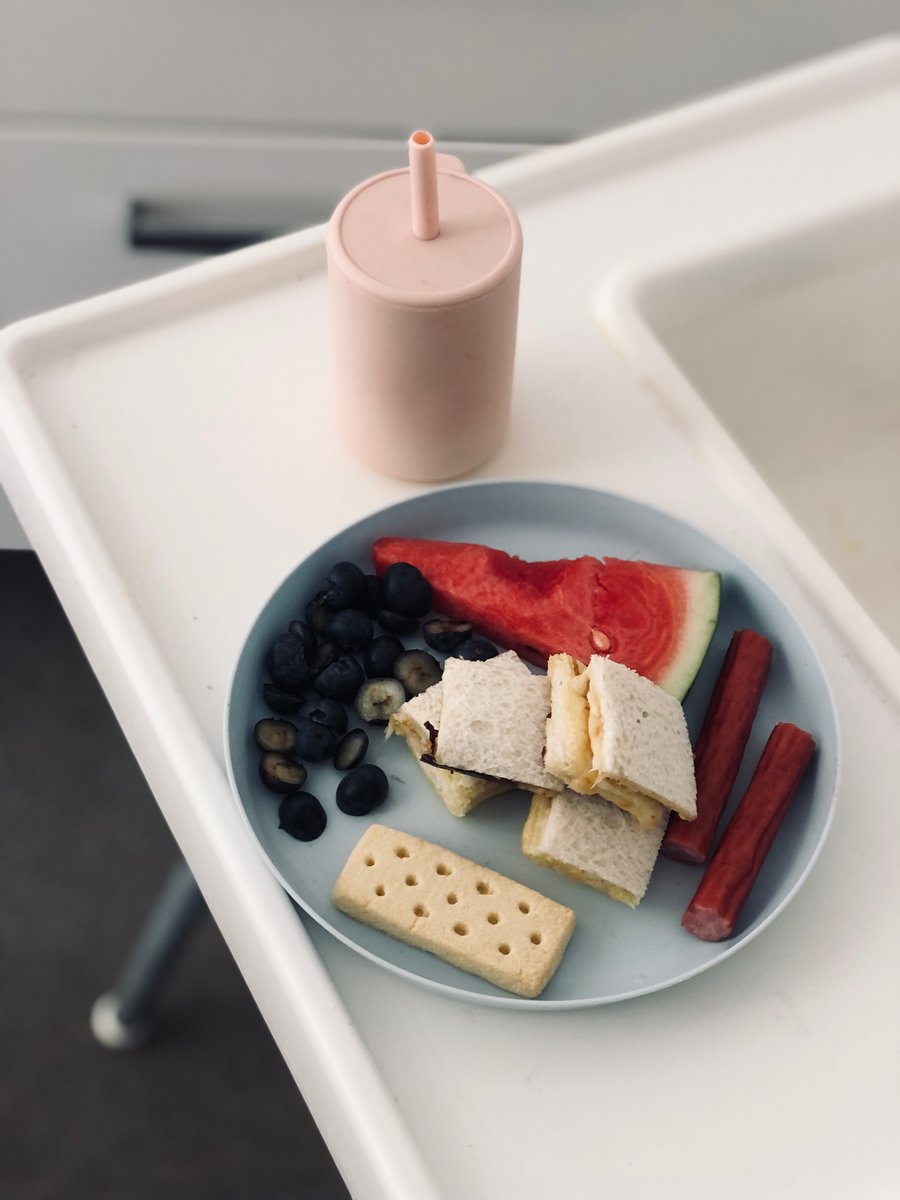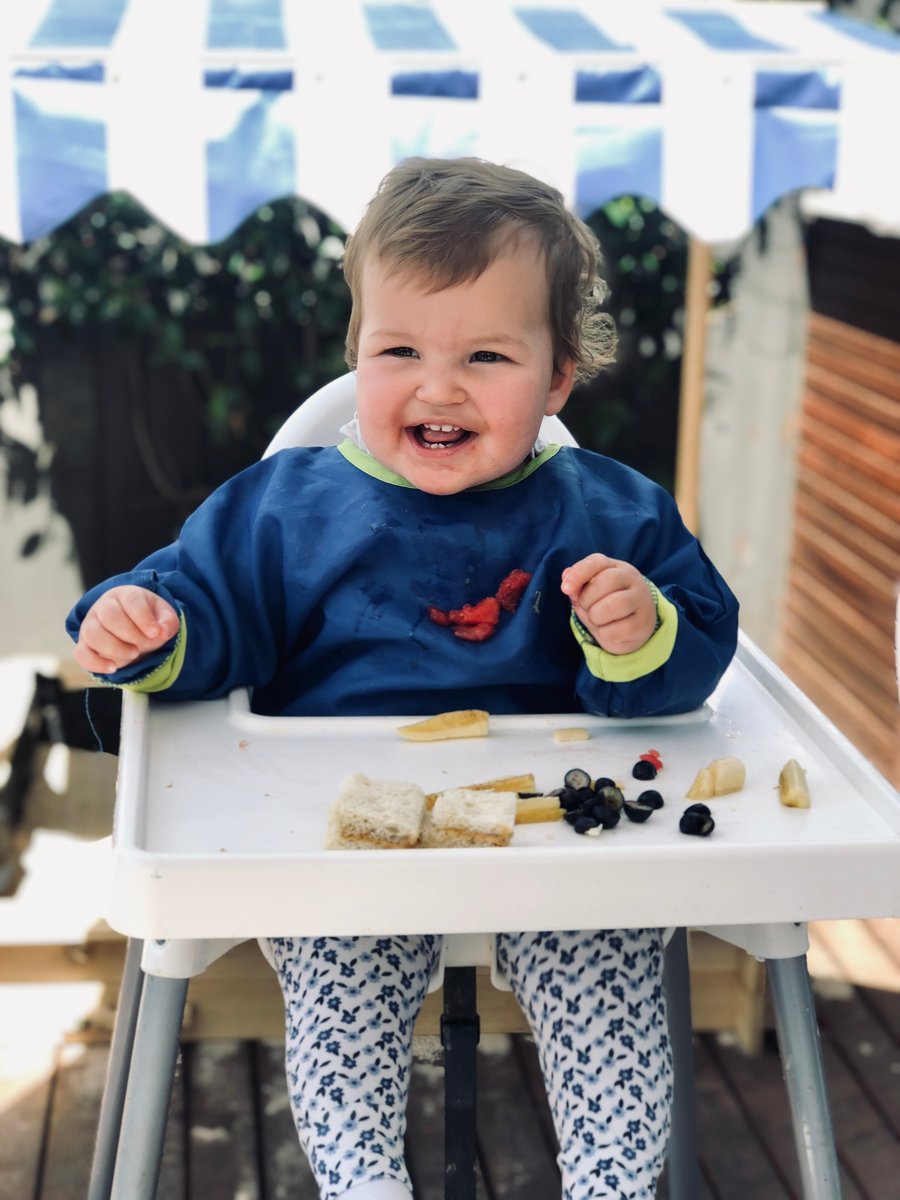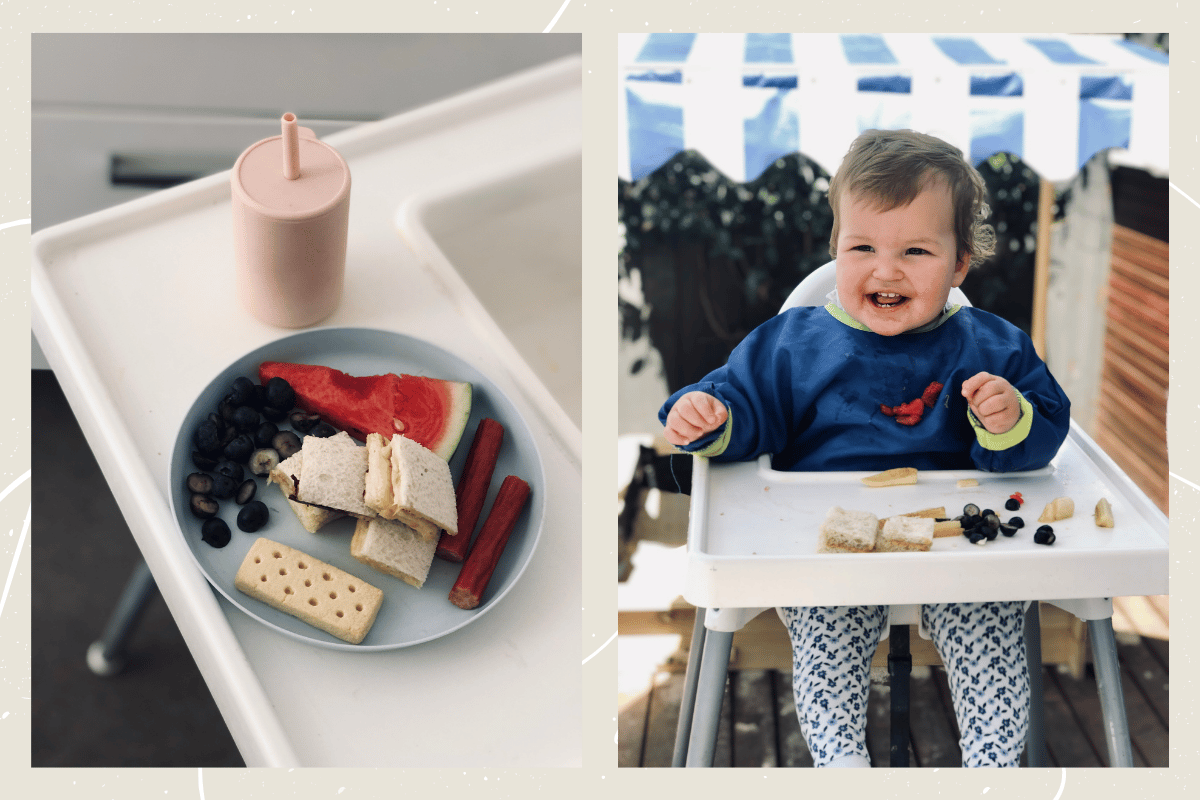
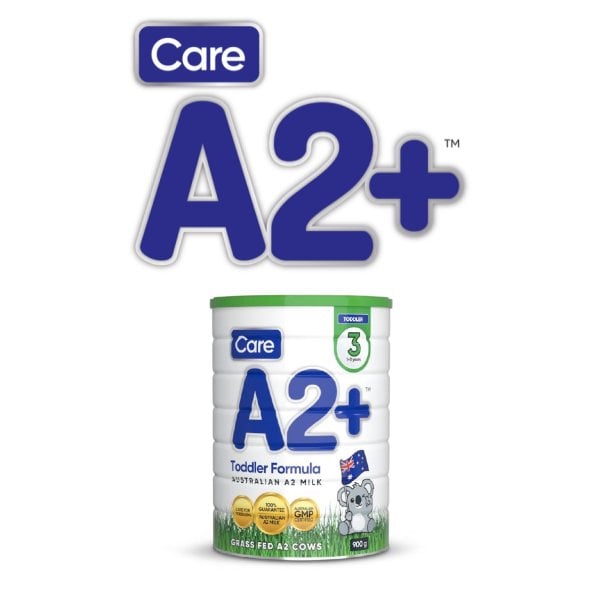
Our third daughter has just turned one and is in the throes of discovering the wonderful world of food. But as parents know all too well, it can be an overwhelming time for us to navigate.
We want our toddlers to go to bed with full tummies (hello sleep!) and ensure that they get all the nutrients and vitamins that their little growing bodies need.
I’m very familiar with that feeling of desperation when faced with a toddler who won’t eat anything. It’s tempting to resort to serving them chicken nuggets and custard most nights to avoid the inevitable meltdowns.
Toddlers are wonderful little creatures, but they can also be fussy and unpredictable. This mixed with the mental load of parenting small children on the best of days, can still make mealtimes a battle.
Here are a few things that I’ve personally found to help feed toddlers. They're just from my own experience with three little girls, but might even help another parent.
1. Repeat after me: it'll get easier.
It's the first thing to remember that can hopefully ease your mind – of course though, easier said than done. My mum always told me the phrase, 'You can lead a horse to water, but you can't make it drink.'
That literally applies to toddlers, too. (Sorry kids, but you're the metaphorical horse in this scenario!).
Remind yourself that you can’t force a toddler to eat everything you serve them, and that it all takes time for them to learn the ropes. Repeat after me: it'll get easier.


